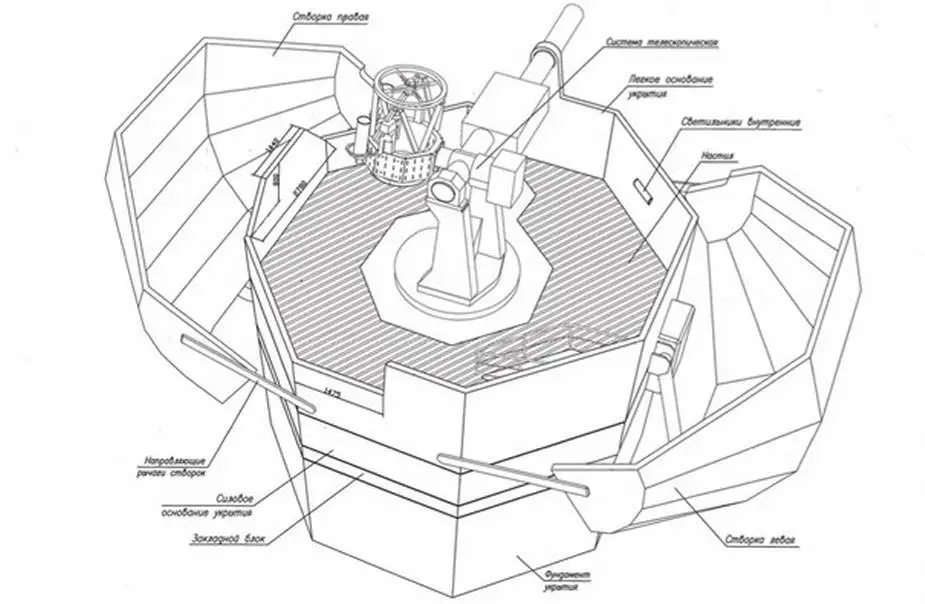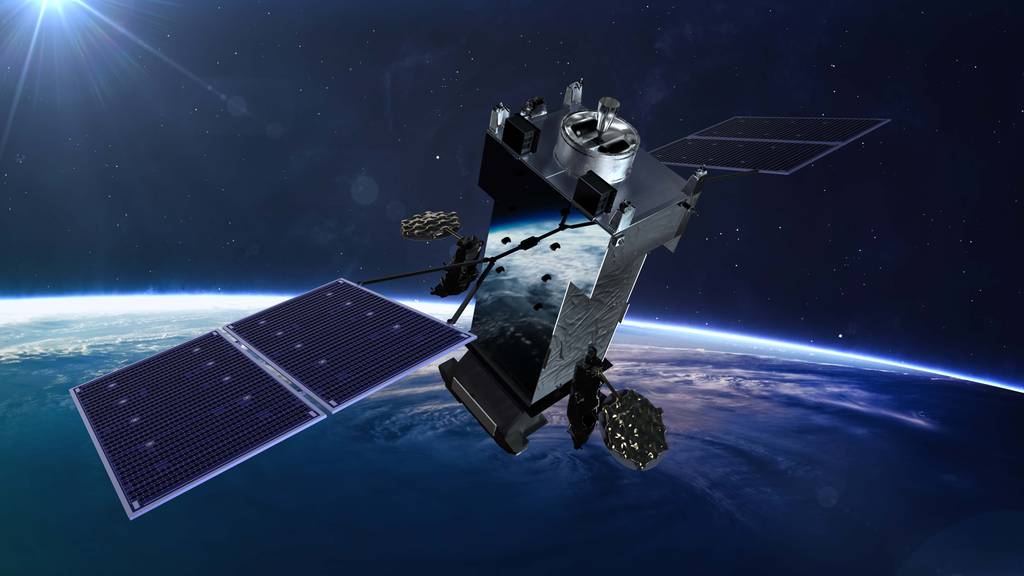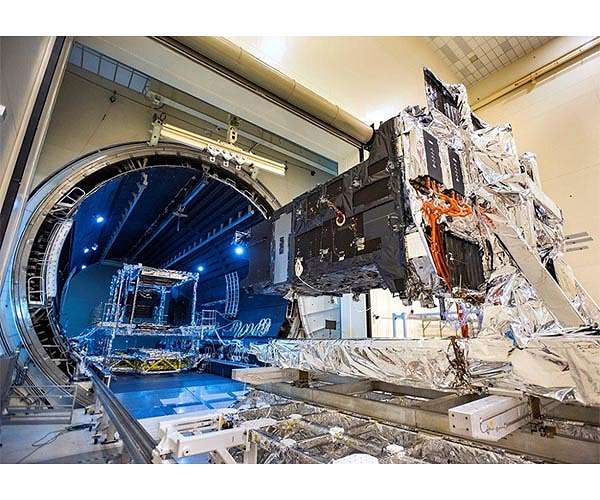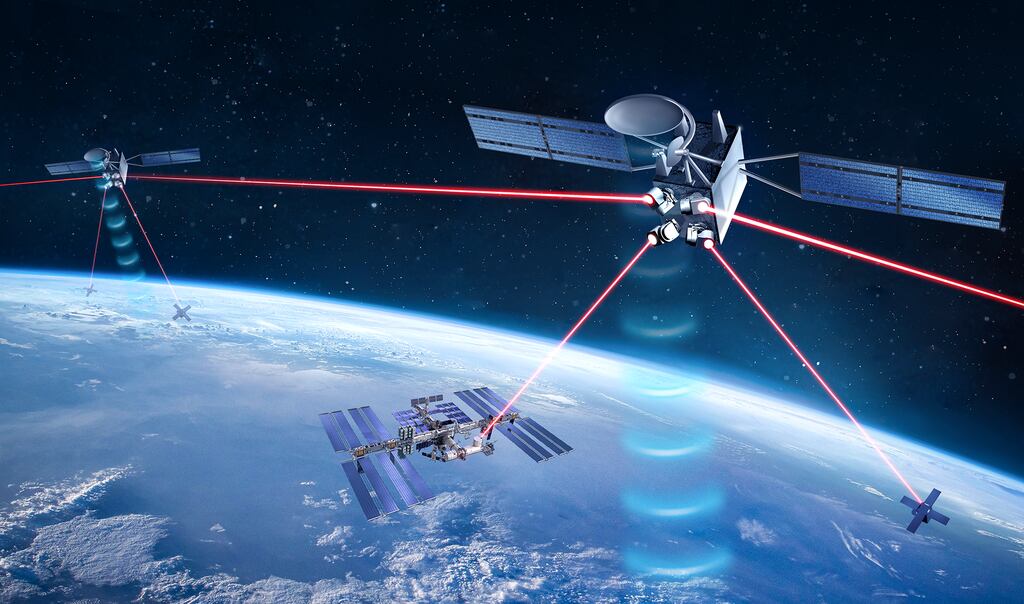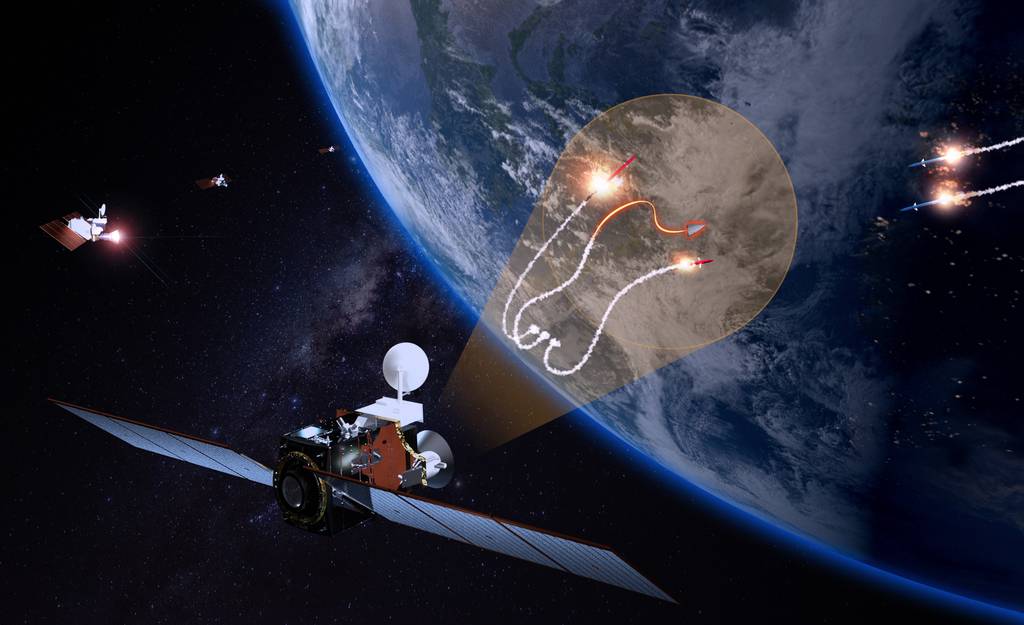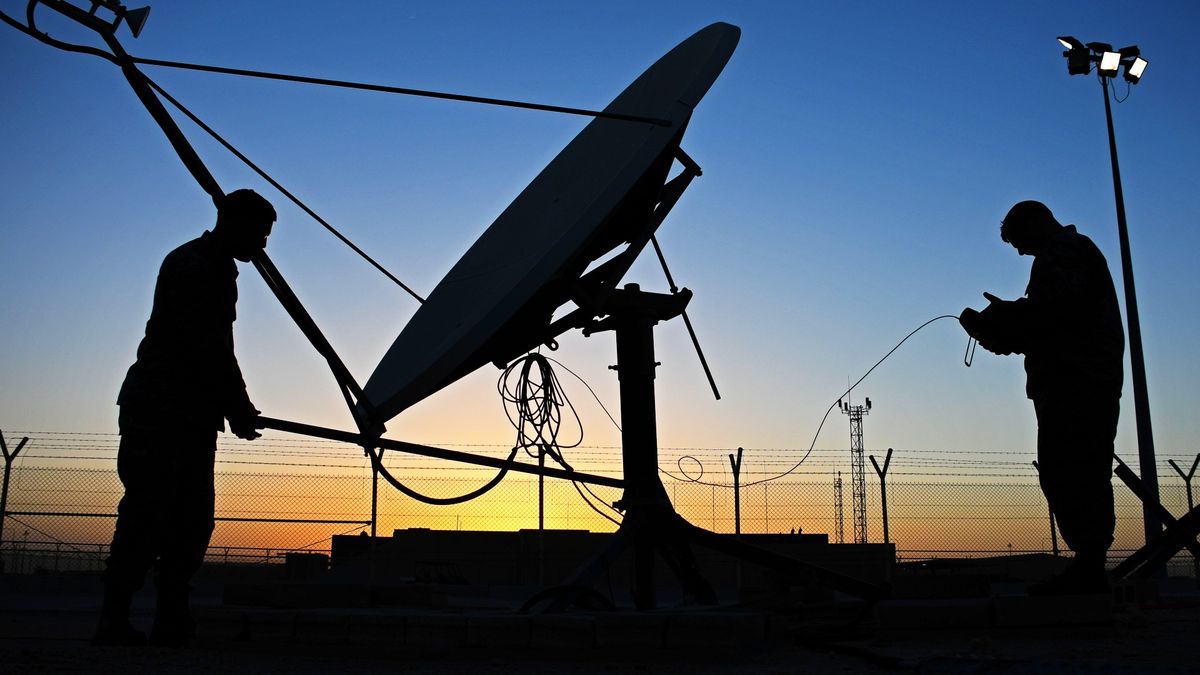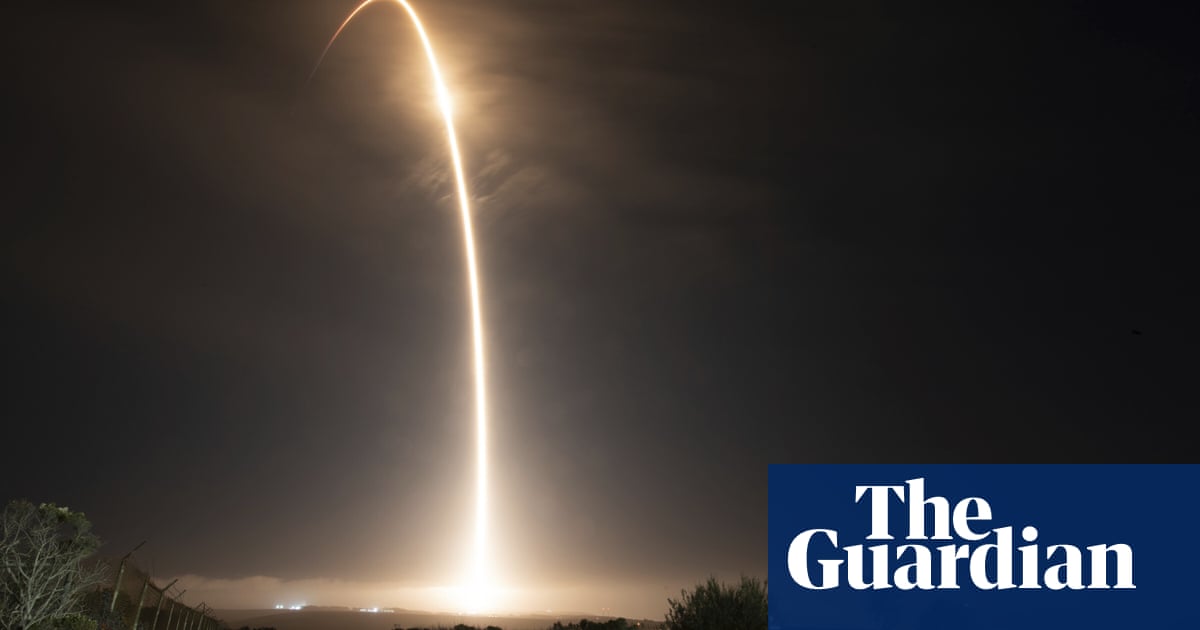Senate lawmakers want to boost the Space Force’s budget by more than $2 billion to support missile warning satellite development, responsive launch capabilities and improved testing and training infrastructure.
The proposed increase comes as part of the Senate Appropriations Committee’s $792 billion spending package for fiscal 2023, released July 28. The bill calls for a 9% increase to the Department of Defense’s budget over fiscal 2022 spending levels and is $31 billion higher than what House lawmakers approved in June.
In a report released with its bill last week, the committee labeled space as one of its top priorities, noting that part of the $2.2 billion increase is focused on hypersonic missile tracking capabilities and would support the Space Force’s shift to a more resilient, distributed architecture.
The bill’s major space-focused funding increases includes $700 million to speed up procurement of Space Development Agency
missile warning and tracking satellites and support a new constellation of space vehicles in medium Earth orbit, or between 1,243 and 22,236 miles (2,000-35,785 kilometers) above Earth’s surface. It also proposes another $216 million to accelerate SDA missile warning and tracking satellite launches.
The committee’s show of support for space-based missile warning and tracking systems comes as the Space Force reports growing threats from adversaries including China and Russia that are developing and demonstrating hypersonic weapons that can travel at speeds above Mach 5.
The service projects it will need $24.5 billion to
develop and procure missile warning and tracking systems over the next five years to develop the follow-on to the Space-Based Infrared System through a program called Next-Generation Overhead Persistent Infrared and to build out additional constellations that will augment that mission in new orbits.
The committee said it agrees with the Space Force’s plan to rethink its missile warning and tracking architecture but wants details on the progress of the programs and a comparison of the cost, schedule and risk associated with each.
Lawmakers also want to see the Space Force invest more in satellite resiliency, adding $250 million in their bill for an initiative to improve on-board protection for important space assets. The bill doesn’t dictate how the service should spend the money, but recommends that it develop an acquisition strategy to provide “a suite of on-board capabilities” that could be made available for program managers to integrate on their satellites or ground systems. The committee also suggests the service make on-board resiliency a requirement when developing new satellites.
The bill also calls for a $250 million increase “to fill a critical gap” in the Space Force’s testing and training infrastructure. The increase comes as the service is in the early stages of developing a
National Space Test and Training Complex that would help space operators and testers connect virtually to practice tactics and assess new space systems.
In the area of space launch, lawmakers proposed $100 million for the
Tactically Responsive Launch program. The effort was initiated by Congress, and while the service is pursuing responsive space capabilities that would allow it to quickly replace or augment satellites on rapid timelines, it hasn’t committed to funding the program.
Congress has appropriated $115 million for the program since fiscal 2020 and has repeatedly asked the Space Force to develop an acquisition plan. Senate appropriators continue that push, directing the service to deliver a plan “in a timely manner.”
Lawmakers also proposed a $96 million increase across a range of Space Force technology development initiatives, including a project to boost cyber resiliency and an effort to
improve space domain awareness near the moon.


